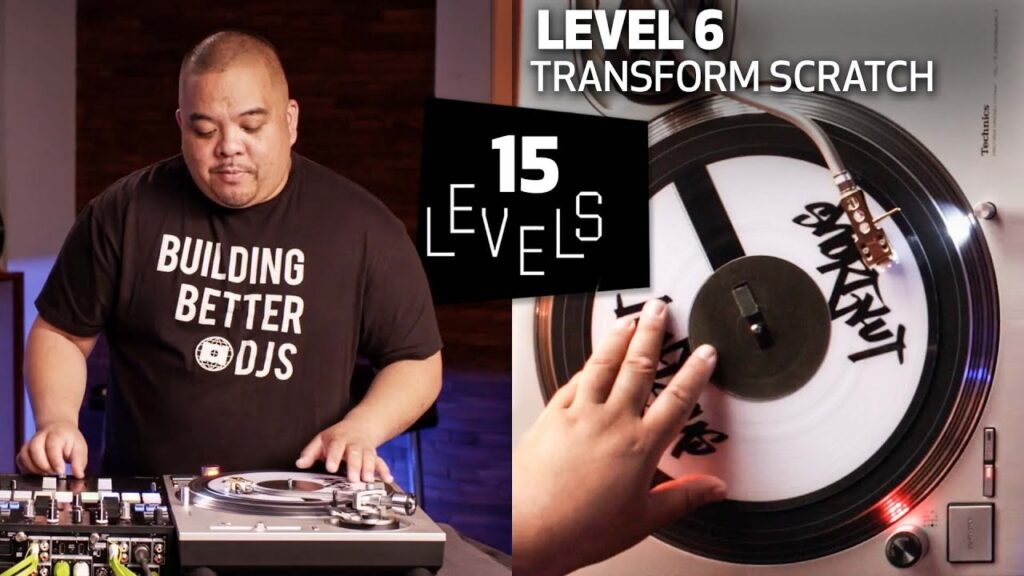Empowering Women to Bring Glasses to the World
Summary
In this article, we discuss the idea of training low-income women to start their own businesses selling glasses in their communities around the world. This idea not only addresses the issue of the billion people on the planet who don’t have access to glasses, but it also empowers women to improve the health and education of their children.
Table of Contents
- The Problem of Access to Glasses
- The Limitations of Traditional Charitable Models
- Empowering Women to Sell Glasses
- The Multiplier Effect of Women’s Empowerment
- Conclusion
The Problem of Access to Glasses
There are currently about a billion people on the planet who don’t have access to glasses. This is a significant issue that affects their ability to work, learn, and function in their daily lives. Despite glasses being invented 800 years ago, we are failing as a species to ensure everyone has access to them.
The Limitations of Traditional Charitable Models
While traditional charitable models have been used to address this issue, they are not sufficient to solve a problem of this scale. Simply giving out glasses for free or at a reduced cost does not address the root cause of the problem. This is where the idea of empowering people to start their own businesses selling glasses comes in.
Empowering Women to Sell Glasses
The idea of training low-income women to start their own businesses selling glasses in their communities is a powerful one. By focusing on women, there is a great multiplier effect. Studies have shown that when women have access to capital, they tend to use it on the health and education of their children. This means that empowering women to sell glasses not only addresses the issue of access to glasses but also has a positive impact on the health and education of their communities.
The Multiplier Effect of Women’s Empowerment
The multiplier effect of empowering women extends beyond just the health and education of their children. When women are empowered, they are more likely to invest in their communities, creating a ripple effect that benefits everyone. By training low-income women to start their own businesses selling glasses, we are not only addressing the issue of access to glasses but also creating a pathway for women’s empowerment and community development.
Conclusion
Access to glasses is a significant issue that affects the lives of a billion people around the world. While traditional charitable models have limitations, the idea of empowering low-income women to start their own businesses selling glasses is a powerful solution. By focusing on women, we create a multiplier effect that benefits not only access to glasses but also the health, education, and development of their communities.







